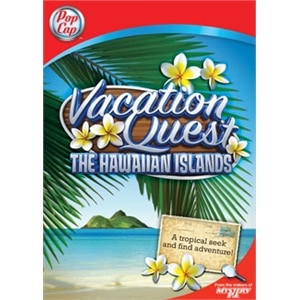


Gavin Daws, The Shoals of Time: A History of the Hawaiian Islandsĭaws, an Australian transplant who taught history at the University of Hawaii, has written numerous books set in the Pacific, but this history is canonical. The author is especially good on the run-up to the sleight-of-hand takeover by the United States which, among other Hawaiian prizes, coveted Pearl Harbor’s warm-water port. Out of Hawaii’s nine million annual visitors, a mere 8,000 come to this haunted, intensely spiritual place that stands at the very antipodes to Waikiki’s circus. Visitors can hike or ride a mule down the 1,600-foot cliff ( pali) to what is now the Kalaupapa National Historical Park. Olivia, who later wrote a small, poignant book, titled My Life of Exile in Kalaupapa, died there in 2006 at age 90.Ī cure for leprosy, or Hansen’s Disease, came in the 1940s and the quarantine was lifted in 1969, but a handful of former patients and their descendants still reside in the stark, windswept peninsula with its mostly unmarked graves and old buildings. The man took a seat on the couch, pulled out some papers (routine tests performed on her removed tonsils weeks before showed signs of the dreaded bacillus) and informed her he had instructions to escort her to the leprosy hospital in the city-the last stop before Molokai. On a warm October morning in Honolulu in 1934, the beautiful, willowy 18-year-old, engaged to be married, answered the doorbell. The door opened to a skinny man with briefcase who said he worked for the board of health. One story among thousands of heartbreaking stories is that of Olivia Robello. As Robert Louis Stevenson put it: “sights of pain in a land of disease and disfigurement, bright examples of fortitude and kindness, moral beauty, physical horror, intimately knit.” By the time Damien arrived at the colony in 1873, conditions were as horrifying as a scene out of H.G. governments exiled some 8,000 people to Molokai’s isolated Kalaupapa Peninsula with scarcely a nod to due process. Starting in 1866, and for more than 100 years, the Hawaiian and the U.S. Tayman, former deputy editor of Outside magazine, tells the story of Molokai’s leprosy settlement well. John Tayman, The Colony: The Harrowing True Story of the Exiles of Molokai In Australia, Stevenson had come across a letter by Hyde published in a church bulletin: “He was not a pure man in his relations with women,” Hyde wrote, “and the leprosy of which he died should be attributed to his vices and carelessness.” The Scottish author’s Swiftian philippic is one of the most searing in the English language, as he takes down the man who sneeringly and inaccurately questioned the reputation of Father Damien De Veuster of Molokai. Many of the same authors appear here, but it is Robert Louis Stevenson’s “An Open Letter to the Reverend Doctor Hyde of Honolulu,” published in 1890, that takes the palm. The follow-up anthology to A Hawaiian Reader is not quite as strong as its predecessor but is still essential. In the too-short “Ancient Hawaii” section, excerpts from “The Kumulipo,” the Hawaiian creation chant, reflect the sheer physicality of the Hawaiian universe:Īt the time when the heavens turned about “The order not to permit the crew of the boats to go on shore was issued,” he confided in his journal, “that I might do everything in my power to prevent the importation of a fatal disease to this island. Captain James Cook, who “discovered” the Islands in 1778, feared what European intrusion would mean. “Colonized” is not a term the Hawaiian tourist industry is apt to employ.

“Since the 1950s decolonization has taken place,” the editors write, “and while most of our nations are again politically independent some, such as Aotearora, Hawai’i and the Society Islands, remain colonized.” Far fewer will likely contemplate the constellation of meanings behind a striking sentence in the introduction to Whetu Moana: Contemporary Polynesian Poems in English (Auckland University Press, 2003). It’s an open question how many of those nine million will wonder about the provenance of their plate lunch specials. Some nine million tourists are expected to visit the Islands this year-a 2 percent increase over 2016. In Sarah Vowell’s 2011 walk-about through Hawaiian history, Unfamiliar Fishes, the author and social commentator opens with a tease: “Why is there a glop of macaroni salad next to the Japanese chicken on my plate?” After dubbing Hawaiian-born Barack Obama our first plate lunch president, Vowell proceeds to unveil the complicated answer. This article originally appears in the Summer 2017 issue of Rain Taxi.


 0 kommentar(er)
0 kommentar(er)
